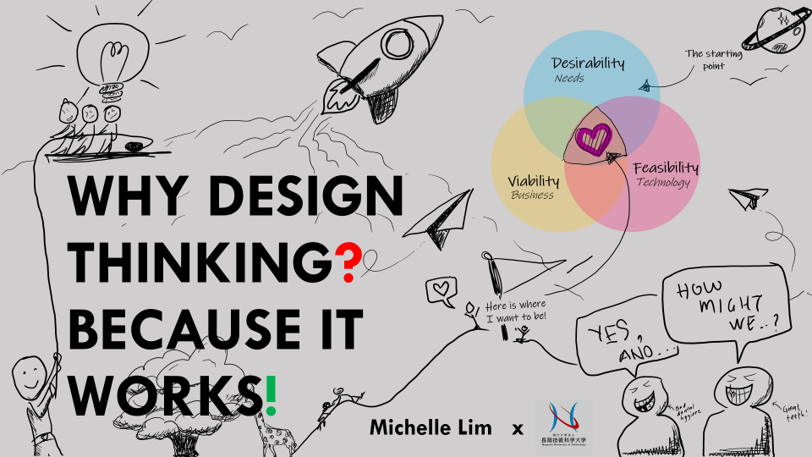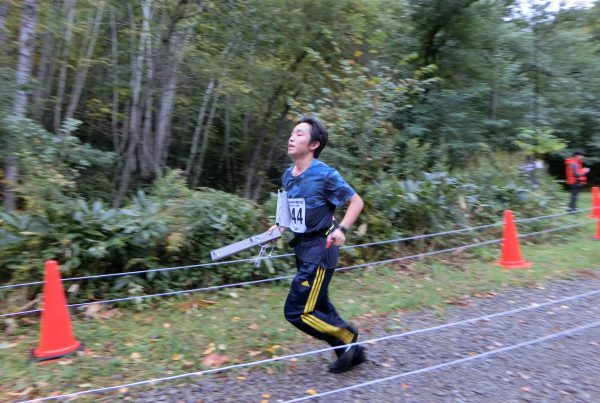Why Not?
At the age where change is happening so fast, the key to survivability is our ability to adapt quickly. The future of work has seen a dramatic change during the first half of year 2020 with the most traditional industries being forced to evolve and education moved to the online platform.
How would future internship opportunities look like in companies whereby the employees work from home? What would the future of parenting be like if children were to be educated at home? When is the next big game-changer hitting the world again? How is data going to be used in ways that does not threaten the privacy of individuals, yet bring substantial value to mitigate future risks?

Real-World Challenges
Textbook examples are always written in a “perfect” manner. Problems well-defined, or at least, is portrayed as thoroughly analyzed. But real life is messy. No matter how much preparation one does beforehand, it is impossible to be perfectly ready. And THAT is why agility and flexibility is a well-needed skill
In making business decisions, an over-reliance on financial data and analysis might result in making a “cognitive biased” decision. While we are not saying that financial analysis is bad, but it is but one aspect that is being considered. There are many more decisions that needs to be taken into consideration.
Are we looking at our current line of products to see if they are thoroughly optimized? Have we broken things apart in order to fine-tune it to fit the users at this point in time? Are we innovating enough to show our commitment to our users? Or standing by and doing nothing while our competitors court them away?
Why Students should learn Design Thinking
The younger generation is inheriting a fast-paced world filled with uncertainty. A world with new and exciting technology, but Mother Earth is suffering from problems caused by harmful human activities. While humans may have newer and shinier toys as well as increased lifespan due to better healthcare, is this “normal” life going to be sustainable 100 years down the road? Or 50 years? Or even the next 5 years?
Learning the 5-step Design Thinking process (E-D-I-P-T) is a proactive step in guiding students to enhancing their creative problem-solving skills to adapt to the rapidly changing world.
Guided Hands-On Experience
The 5-step Design Thinking process (E-D-I-P-T) acts as a guide for new practitioners to follow, with simple tools to facilitate the process flow.

The hands-on experience of using tools introduced in the Design Thinking process iteratively is what increases the creative confidence of its practitioners. Very much like the muscles in our body, the repeated practice of utilizing the Design Thinking method will help the practitioner be more fluent.
Once the practitioner gains enough confidence in utilizing the tools, they could always “freestyle”!
Co-Creation
Collaboration opens up one’s eyes to a broad possibly of solutions, rather than being narrowed in one’s expertise and experience.
“Enlightened trial and error succeeds over the planning of the lone genius”
– IDEO
IDEDesign Thinking is all about co-creating new solutions and ideas with the Users. Working in a team also gives us the opportunity to tap into other “wells of knowledge” to expand our experience, while helping one another to grow.
What is the next step?
Future-proof yourself by learning skills needed to thrive in the uncertainty. Be a lifelong learner. Learn Design Thinking today!
Should another pandemic such as COVID-19 were to happen in the near future, can we say that we are ready to face it?










